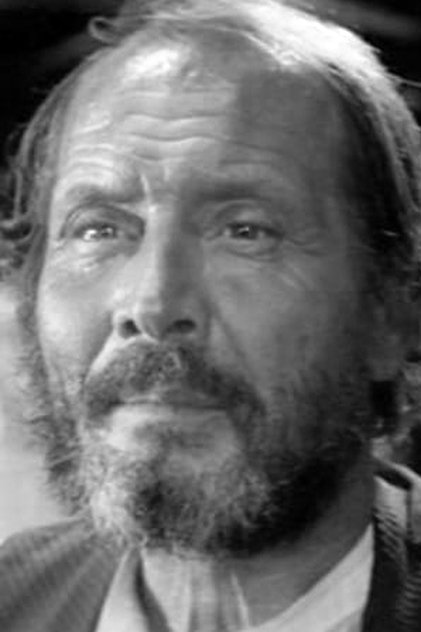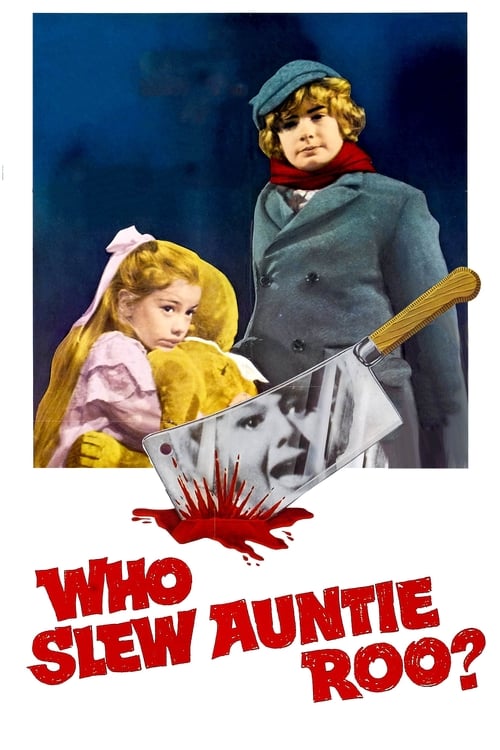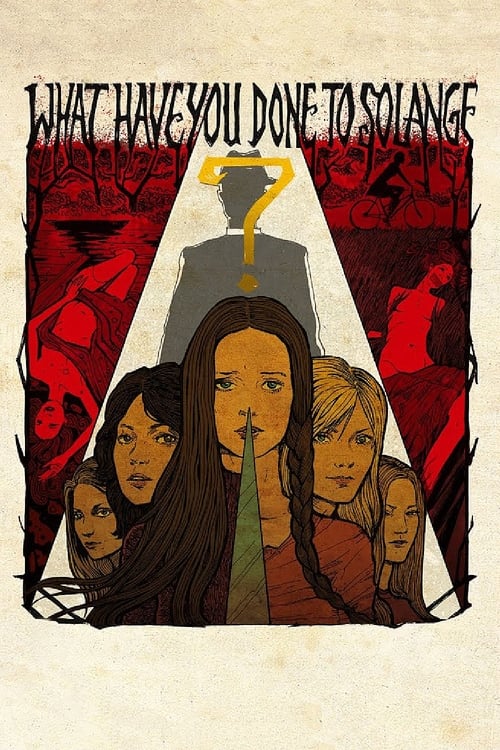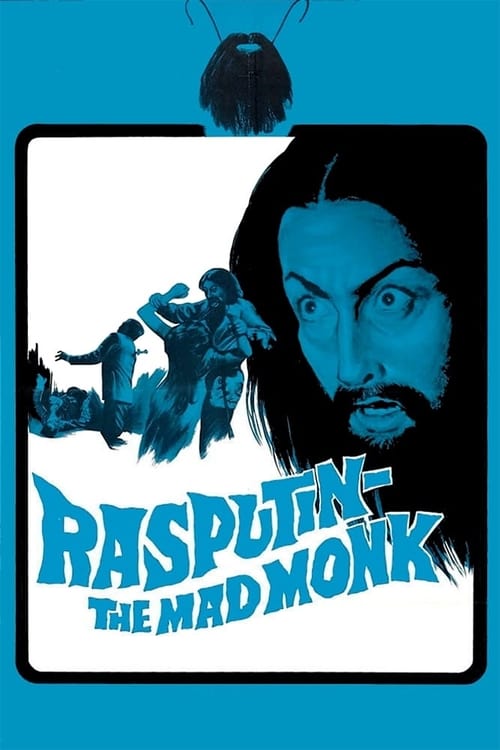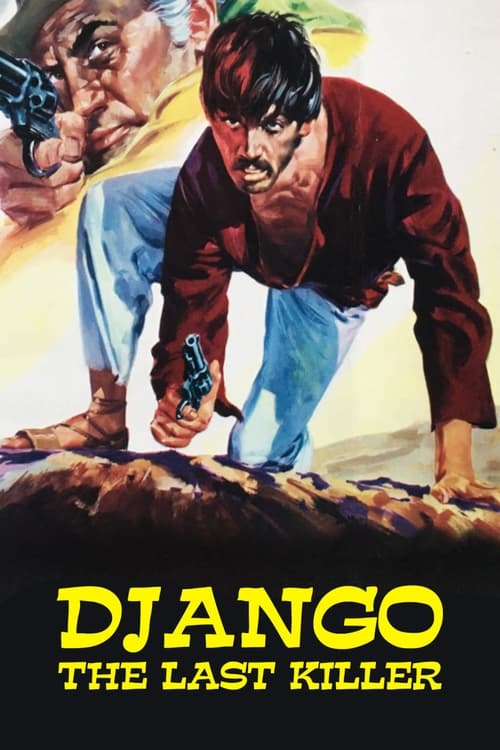

1966
·83m
Kill, Baby... Kill!
Summary
A 20th century European village is haunted by the ghost of a murderous little girl.
Director, Screenplay
Mario Bava
Dialogue
John Davis Hart
Screenplay, Story
Romano Migliorini
Screenplay, Story
Roberto Natale
Reviews
Wuchak
August 7, 2018
Colorful Italian Gothic/Horror from Mario Bava
RELEASED IN 1966 and directed by Mario Bava, "Kill, Baby, Kill" takes place in a Carpathian village in 1907 where Dr. Paul Eswai (Giacomo Rossi-Stuart) arrives to perform an autopsy at the request of the inspector (Piero Lulli). The evidence points to the hamlet being cursed with a mysterious ghost girl that compels those who see her to kill themselves, which the doctor thinks is rubbish; at first anyway. Erika Blanc plays a visiting medical student who assists Eswai while Fabienne Dali appears as the village witch and Giovanna Galletti as a bitter baroness. Luciano Catenacci is on hand as the burgomaster (mayor) and the witch’s lover.
The movie has a colorful and haunting Gothic/Horror ambiance, which can be traced to earlier films like the B&W "The City of the Dead" (aka "Horror Hotel") (1960) and, more so, “The Terror” (1963), which was one of Francis Ford Coppola’s early works, although he only directed part of it. Like those flicks, “Kill, Baby, Kill” features mysterious manors, dilapidated churches, ghosts, cobwebs, witches and bell towers in the mold of Hammer flicks of the era, such as the contemporaneous "Dracula, Prince of Darkness" (1966). As far as spooky MOOD goes, “Kill, Baby, Kill” is superb, but the story isn’t as compelling as “The Terror,” except for the last act. Nevertheless, the movie has influenced many artists and their works.
Rossi-Stuart makes for a stalwart protagonist in the mold of James Bond (looks-wise) while Erika Blanc and Fabienne Dali work well on the other side of the gender spectrum, both striking in different ways.
The title of the film is cheesy and recalls Russ Meyer’s “Faster, Pussycat! Kill! Kill!” from the year before. It was obviously used to give the film a “hip” edge and sell as many tickets as possible. In 1971 it was retitled “Curse of the Living Dead” in the US, which was a 100% improvement. Here are several other sample titles that would be an upgrade, as well as more accurate: “Village of the Laughing Dead”; “Night of the Laughing Dead”; “Child of Vengeance”; “The Ghost at the Window”; “Child Cursed Village”; “Forgotten Daughter”; “Make them Pay”; “Sorceress' Regret”; “Melissa”; and “Melissa’s Curse.”
Okay, now for a few joke titles: “Melissa and her Sissa”; “The Graps of Wrath”; “That Damn Ball” and “Ghost Boy in Drag.” That last one is due to the fact that the ghost girl was played by a boy, one-shot actor Valerio Valeri.
THE MOVIE RUNS 1 hour, 23 minutes and was shot entirely in Rome, Lazio, Italy. WRITERS: Romano Migliorini, Roberto Natale and Bava.
GRADE: B
Media
Status:
Released
Original Language:
Italian
Budget:
$50,000.00
Revenue:
$0.00



